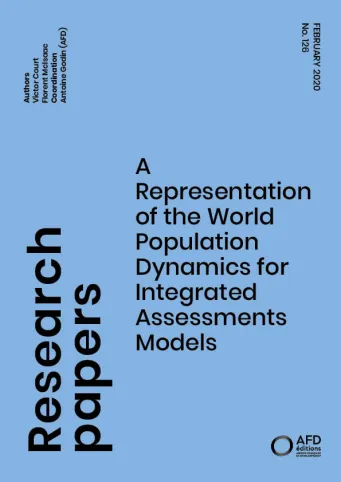Share the page
A Representation of the World Population Dynamics for Integrated Assessments Models
Published on

Using the gross world product (GWP) as the only exogenous input variable, we design a model able to accurately reproduce the global population dynamics over the period 1950–2015. For any future increasing GWP scenarios, our model yields very similar population trajectories. The major implication of this result is that both the United Nations and the Intergovernmental Panel on Climate Change assume future de-coupling possibilities between economic development and fertility, which have never been witnessed during the last sixty-five years. In case of an abrupt collapse of the economic production, our model responds with higher death rates that are more than offset by increasing birth rates, leading to a relatively larger and younger population. Finally, we add to our model an excess mortality function associated with climate change. Estimates of additional climate-related deaths for 2095-2100 range from 1 million in a +2◦C scenario to 6 million in a +4◦C scenario.
Useful Information
-
Authors
-
Victor COURT, MCISAAC
-
Coordinators
-
Antoine GODIN
-
Edition
-
126
-
Number of pages
-
42
-
ISSN
-
2492 - 2846
-
Collection
-
Research Papers
